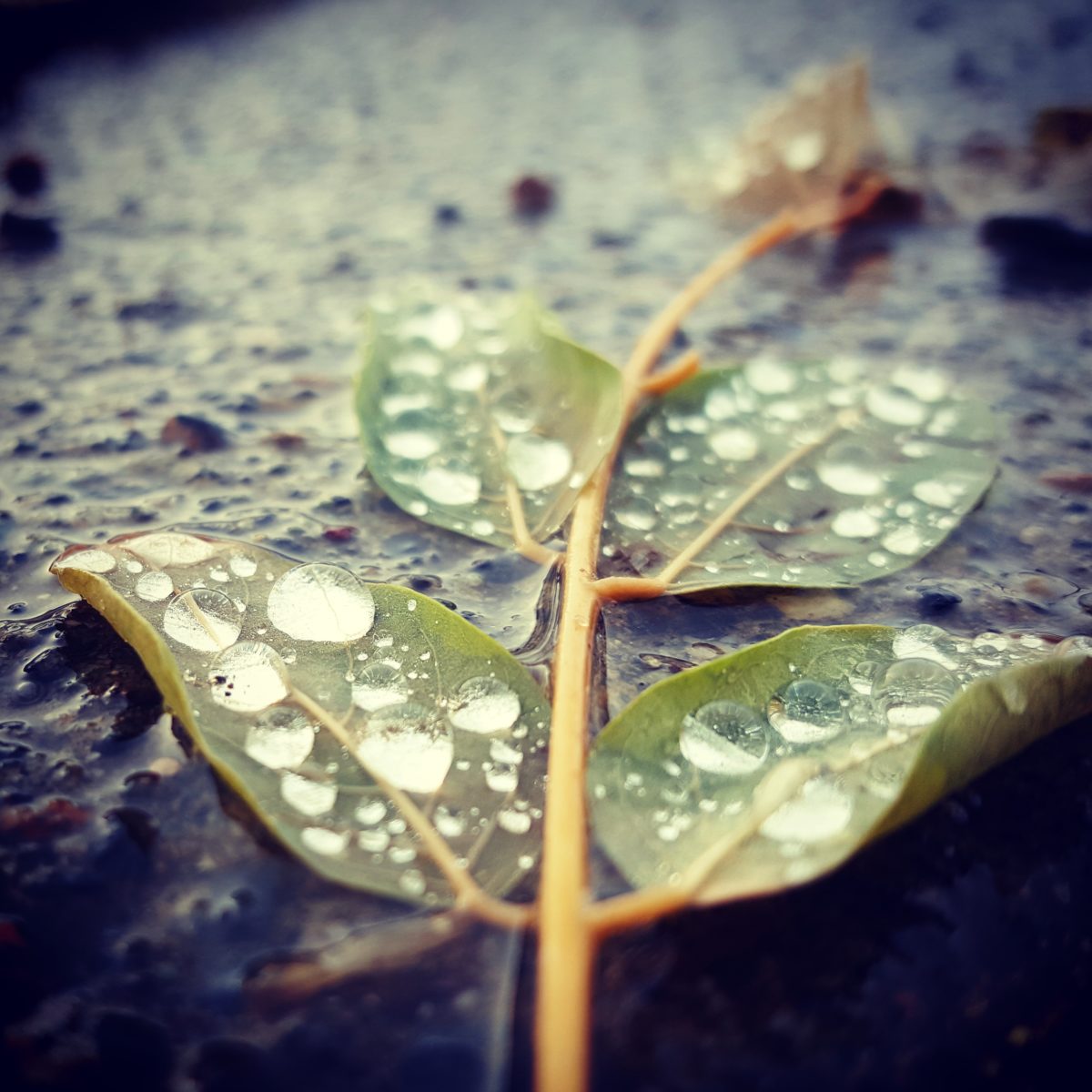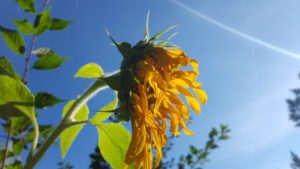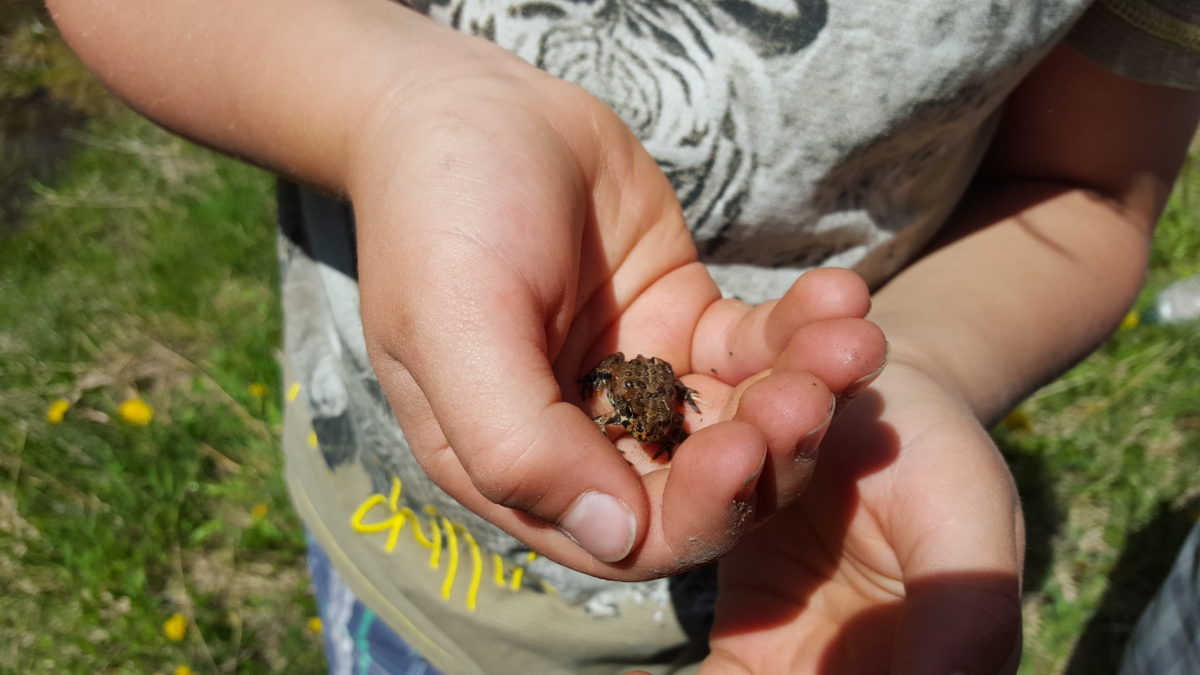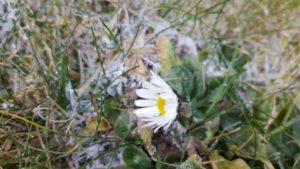 It’s been a while. It’s 2018 and a cold, snowy, about to get snowier day here in Kamloops. The day so far has been full – reading an engaging book in early morning when all is quiet and making enough mental notes for a good conversation with the boys later on, walking the dog in winter crispness, meeting with Sasha’s teacher to lay out this semester’s intended learning (a group of homeschooling kids meet once a week for various learning activities such as nature excursions, science experiments, art, and of course, playing.) Add a haircut and grocery shopping… then we’re back home for the day’s learning.
It’s been a while. It’s 2018 and a cold, snowy, about to get snowier day here in Kamloops. The day so far has been full – reading an engaging book in early morning when all is quiet and making enough mental notes for a good conversation with the boys later on, walking the dog in winter crispness, meeting with Sasha’s teacher to lay out this semester’s intended learning (a group of homeschooling kids meet once a week for various learning activities such as nature excursions, science experiments, art, and of course, playing.) Add a haircut and grocery shopping… then we’re back home for the day’s learning.
Sasha settles on a book about Canadian discoveries, a library book that has them raise their eyebrows in surprise and say ‘Oh, I did not know that…’ or ‘Mom, did you know…’. Past the reading about discoveries comes the part where creativity kicks in and be it Lego, or other materials, various viable or less so inventions come to life. Inspiration is a word that contains a world of hopes, dreams, sweat, frustrations, and sometimes succeeding, but it never ends at that. It’s a word I’d like the boys to make it a constant presence in their lives as they grow up and I’d like the same for myself, to be inspired no matter what.
As we sit for lunch, we chat about an incoming overnight hike to a nearby lake, and I wish I could remember how the conversation slipped from snowy woods, cabins, and the games we’d play in the evening to Martin Luther King. While the boys still munch on their food, I read out loud about his contribution to the world and then we listen to his famous speech ‘I had a dream.’ The timing couldn’t have been more adequate. Our last weeks have been peppered with many conversations about equality, the expectation of some to dominate over others, modern-day slavery, the extent of it compared to the old day, the wrongness of allowing it as an invisible presence in the developed world market, the fact that people are still judging people based on the colour of their skin.
The boys sit and listen; I read some of the words that carry so much weight it’s a wonder (not the positive kind) we do not employ them more intensely in the education process. ‘Nothing in the world is more dangerous than sincere ignorance and conscientious stupidity…’ has me read over twice because it brings so much with it. We live in an age when questionable leaders emerge with the help on internet ‘viral’ spreading of various kinds of information, true or otherwise.
We also live in a world where education is being tweaked to fit within narrow confines dictated by commercialism (presence of cell phones in classrooms has nothing to do with learning no matter how you turn it, no pun intended) and is often commandeered by the fear of imposing any boundaries, even though children’s well-being depends on the adults around them establishing healthy boundaries.
How are we to inspire the young generation to seek knowledge in the interest of preventing ultimately selfish pursuits and avoid ‘conscientious stupidity?’ How are we to inspire them to see that the world they are part of is requires patience to understand, a sense of wonder and determination to develop critical thinking skills that will eventually help create a better social, political, and environmental landscape…
Learning is a beautiful adventure, a constantly evolving path that can have us maintain a balance within ourselves as we grow, no matter our age, and balance with the world we belong to. I wish that by the time the boys are ready to take off flying, they will remember that and keep that as a bookmark of sorts in that book of knowledge they’ll hopefully keep tucked in their backpacks…


 We are to transition (in harmony, if possible,) from those long-drawn summer nights when you fill the time laughing, playing, chatting, hiding behind sand castles you build on the river banks so the setting sun won’t find you, so you can keep going forever.
We are to transition (in harmony, if possible,) from those long-drawn summer nights when you fill the time laughing, playing, chatting, hiding behind sand castles you build on the river banks so the setting sun won’t find you, so you can keep going forever. The autumn chill started swallowing those bright summer nights, cricket chirps and all, a couple of weeks ago. You see it clearer with each year passing by. Time flies. You know there is no running away from it, but in knowing that, you also learn to hug each day a bit closer and take a deeper breath each morning. You learn to take off your shoes so your feet can dance on the dewy grass, you learn to silence everything for a few precious moments; eyes closed, only bird songs should be allowed to breach the silence.
The autumn chill started swallowing those bright summer nights, cricket chirps and all, a couple of weeks ago. You see it clearer with each year passing by. Time flies. You know there is no running away from it, but in knowing that, you also learn to hug each day a bit closer and take a deeper breath each morning. You learn to take off your shoes so your feet can dance on the dewy grass, you learn to silence everything for a few precious moments; eyes closed, only bird songs should be allowed to breach the silence.
 The things is, learning is not a straightforward concept. People keep wanting to straighten the curls and create the line you can safely walk on in your pursuit of information. Therein lies the problem. Lines do not accommodate much freedom to wiggle your toes, or your brain cells for that matter.
The things is, learning is not a straightforward concept. People keep wanting to straighten the curls and create the line you can safely walk on in your pursuit of information. Therein lies the problem. Lines do not accommodate much freedom to wiggle your toes, or your brain cells for that matter. It’s the day after. February 23, which comes right after the big anti-bullying day, pink T-shirts and all. Back when Tony started school we would purchase them directly from the teacher. Now you can buy them in stores too. Store clerks need to buy them too in some stores. I guess to prevent customer bullying?
It’s the day after. February 23, which comes right after the big anti-bullying day, pink T-shirts and all. Back when Tony started school we would purchase them directly from the teacher. Now you can buy them in stores too. Store clerks need to buy them too in some stores. I guess to prevent customer bullying? There is something beautifully gentle about being privy to the first snowflakes falling. Like the flutter of a newborn’s eyelids as she’s nestled in a sling by your heart. I remember that too well, though the boys are way past the age. I remembered that the other day when the morning walk with the pup brought the beginning flutters of a snowfall to rest on my cheeks…
There is something beautifully gentle about being privy to the first snowflakes falling. Like the flutter of a newborn’s eyelids as she’s nestled in a sling by your heart. I remember that too well, though the boys are way past the age. I remembered that the other day when the morning walk with the pup brought the beginning flutters of a snowfall to rest on my cheeks… Sasha learned about electricity and built circuits for days. Rephrase: Sasha built circuits for days; he had fun, eyes twinkling with the surprise of it all. Joy followed along like a puppy. The result was learning about electricity. Then it dwindled. For now it will sit somewhere on a brain shelf until the day comes for it to resurface. We visited Makers’ Space here in Kamloops recently; perhaps future visits hold the key to more learning about electricity. It’ll come. That’s what learning is about. A cascade of facts that link this fact to that and create a bridge of knowledge that you can walk on from here to there, inferring, developing common sense and …well, thinking. What a grand adventure!
Sasha learned about electricity and built circuits for days. Rephrase: Sasha built circuits for days; he had fun, eyes twinkling with the surprise of it all. Joy followed along like a puppy. The result was learning about electricity. Then it dwindled. For now it will sit somewhere on a brain shelf until the day comes for it to resurface. We visited Makers’ Space here in Kamloops recently; perhaps future visits hold the key to more learning about electricity. It’ll come. That’s what learning is about. A cascade of facts that link this fact to that and create a bridge of knowledge that you can walk on from here to there, inferring, developing common sense and …well, thinking. What a grand adventure! Should that be one of the purposes of our learning at home? It better be. The dance continues, much like the delicate dance of snowflakes. I am there to see it. Aware of the immense privilege, I end my days just like I start them: with gratefulness.
Should that be one of the purposes of our learning at home? It better be. The dance continues, much like the delicate dance of snowflakes. I am there to see it. Aware of the immense privilege, I end my days just like I start them: with gratefulness.